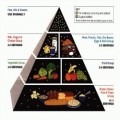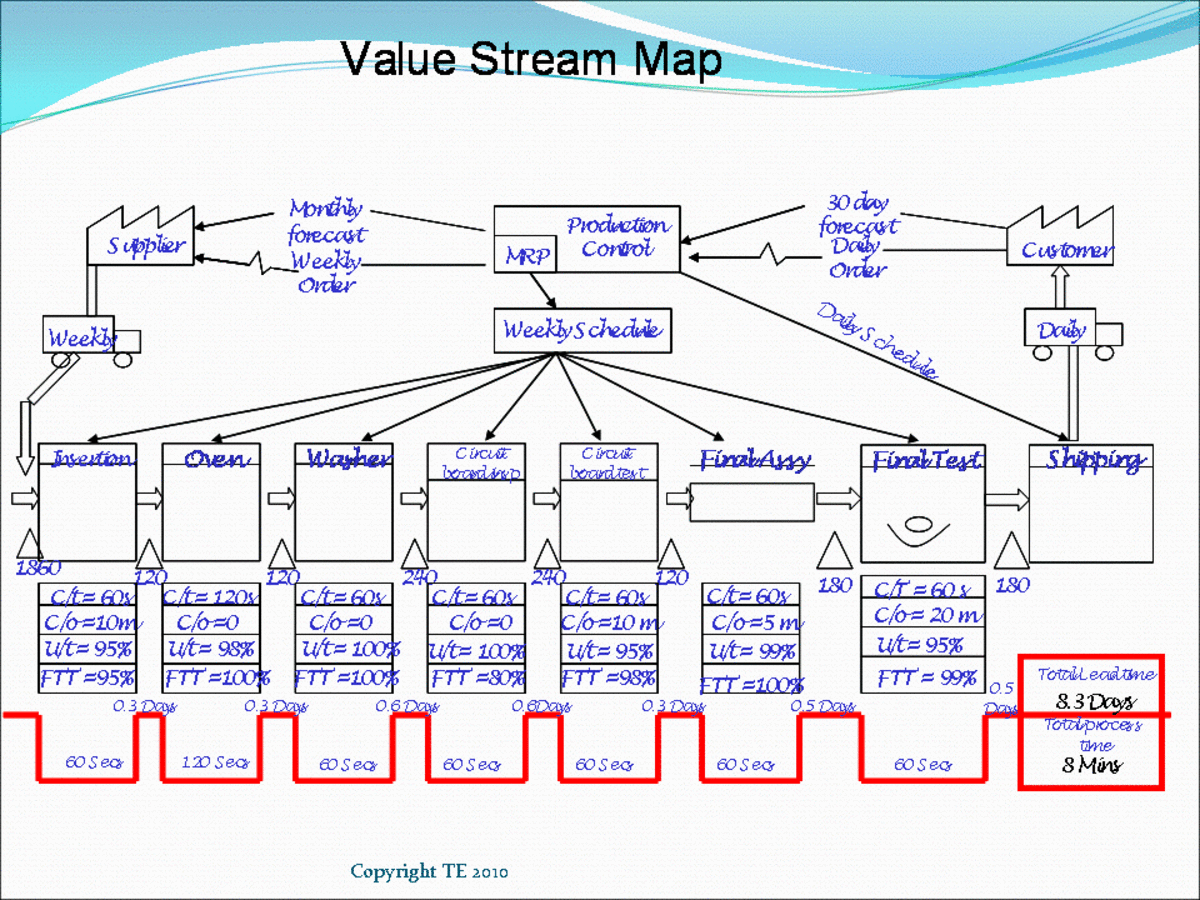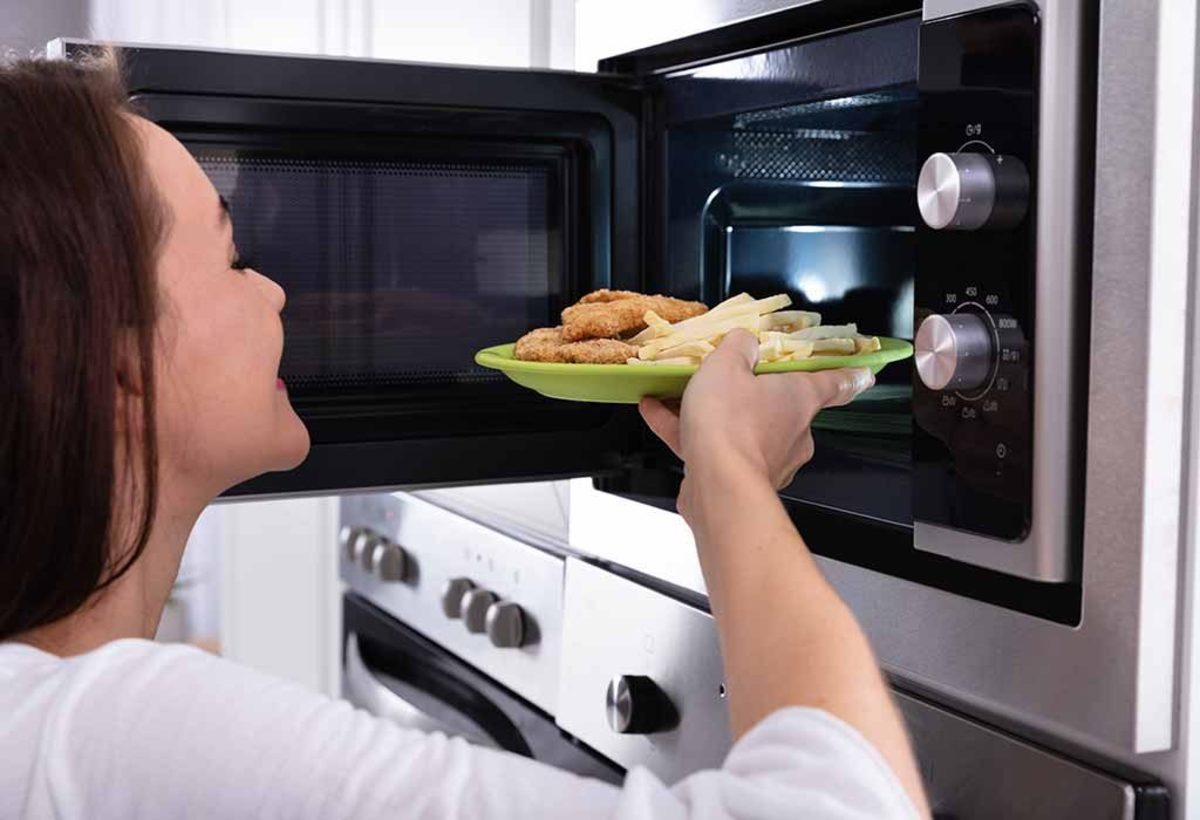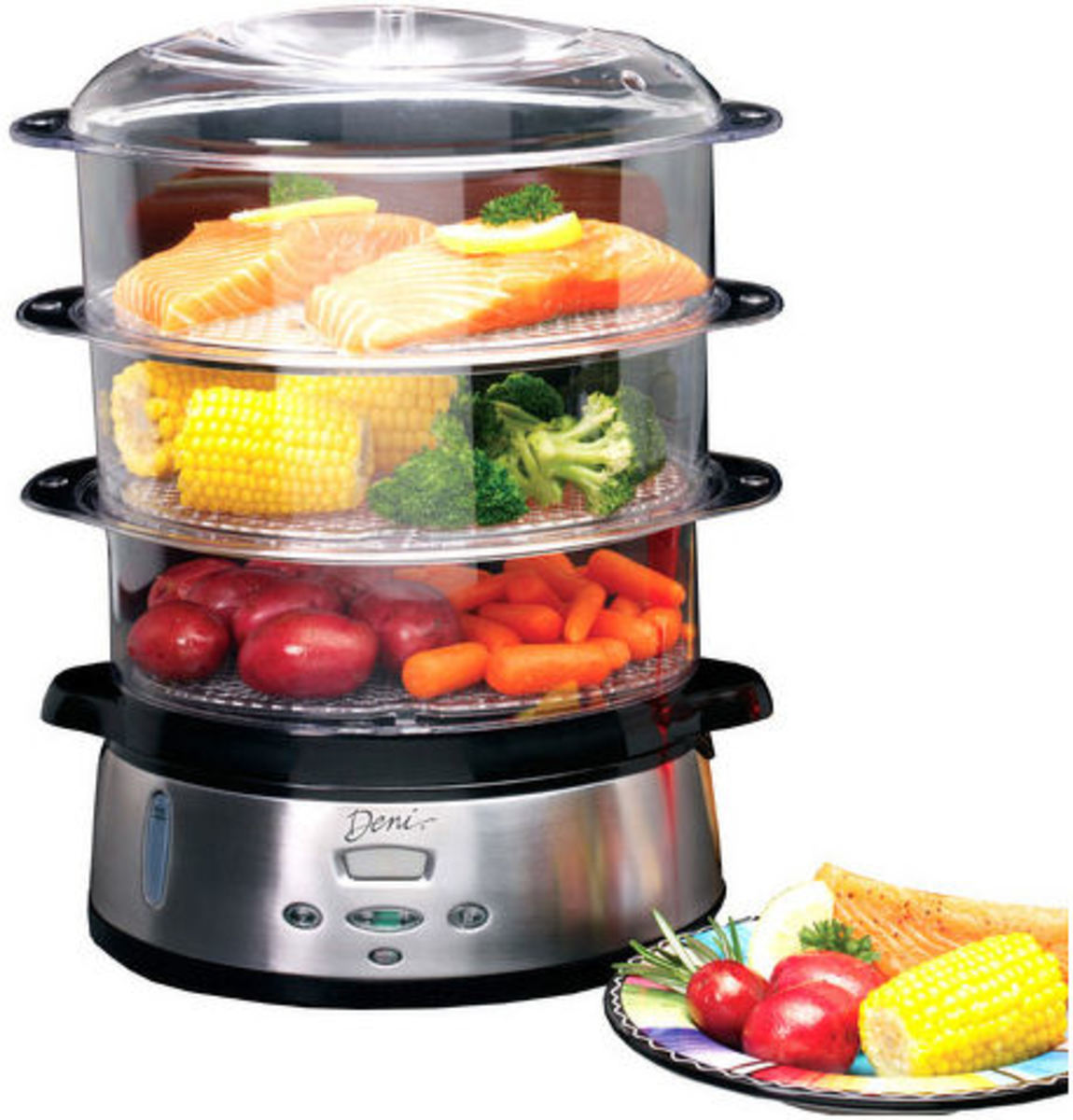Slow Food USA's $5 Challenge to Take Back the Value Meal
On Sept. 17, 2011, 30,000 people gathered across the United States to take the $5 Challenge to Take Back the Value Meal, a campaign initiated by Slow Food USA. The non-profit organization, which promotes the enjoyment of food that is both environmentally and socially responsible, asked people to gather that day for home-cooked meals reflecting slow food values and costing no more than five dollars per person to prepare. The organization envisioned these meals as a way for people to come together to begin a dialogue about the changes needed in our food system.
The $5 Challenge was part of a growing crusade to promote healthy, sustainable eating. After it kicked off in September 2011, the Challenge continued to gain momentum. Even the White House got involved. White House Assistant Chef Sam Kass hosted the Great American Family Dinner Challenge with two events on Nov. 29, 2011, to highlight the affordability and ease of preparing healthy food.
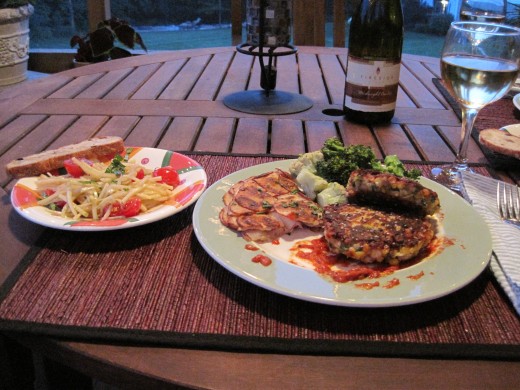
The first event was a healthy, three-course meal for attendees of the Building a Healthier Future summit, which was held that week in Washington, D.C. The gourmet meal was prepared by four acclaimed chefs, José Andres, Floyd Cardoz, Koren Grieveson and Anne Quatrano, who had a budget of only $4.50 per person, representing the typical American dinner budget. The second event took place following the dinner and involved James Beard Award-winning chefs Tom Colicchio, Maria Hines, Holly Smith and Ming Tsai, who paired off to create a family meal in 30 minutes with a budget of $10 (the typical budget for a family meal under the Supplemental Nutrition Assistance Program, formerly the food stamp program). The meals were judged by two families who won a sweepstakes sponsored by Parents and Ser Padres magazines. These events were designed to show that cooking a healthy meal can be easy and affordable in an effort to bring real change to how Americans eat.
Why Change Is Needed
The statistics are sobering. The percentage of obese adults has doubled in the last 30 years, and one-third of all Americans are diabetic or pre-diabetic. Childhood obesity has become an epidemic, with the percentage of obese children tripling over the last 30 years. Nearly 40% of African American and Hispanic children are obese. The primary causes are a fast food diet coupled with a sedentary lifestyle. Fewer home-cooked meals, larger portion sizes, and more time spent in front of the television and computer have resulted in chronic illnesses, like type-2 diabetes, asthma, and cardiovascular disease, at earlier and earlier ages.
What You Can Do
- What Is Slow Food : Slow Food USA
Learn more about the slow food movement and Slow Food USA. - Let\'s Move!
Find out how you can promote healthy eating and physical activity in your family, school, and community. - Budget Cooking | Eating Well
Learn more about healthy cooking on a budget.
A Call to Action
There is growing recognition of a need to take immediate action. In February 2010, First Lady Michelle Obama launched the Let's Move initiative, which seeks to solve "the challenge of childhood obesity within a generation so that children born today will reach adulthood at a healthy weight." The initiative challenges parents, schools and community leaders to promote healthy eating habits and physical activity.
The Healthier US School Challenge, a voluntary initiative of the United States Department of Agriculture Food and Nutrition Service, incentivizes schools to improve the quality of the food served in school cafeterias, educate children on nutrition, and provide more opportunities for physical activity. Celebrity Chef Jamie Oliver's Food Revolution advocates for better quality food to be served in schools and by local food retailers. Oliver launched his Sugary Milk Campaign in April 2011 to urge schools to eliminate calorie-laden flavored milk from school lunches.
An obstacle in the efforts to promote healthier eating is the limited access to inexpensive, nutritious food. This problem is prevalent in poor urban and rural areas. In these "food deserts," fast food is often the easiest, cheapest way to feed one's children.
Slow Food USA's $5 Challenge campaign shows that slow food can be just as inexpensive as a fast food "value meal." Events like the dinners held across America on Sept. 17, 2011 and in Washington later that fall highlighted the need for access to healthy, affordable food and demonstrated that people can cook nutritious food on a budget. The $5 Challenge offers an opportunity for people to unite in the effort to make healthy, sustainable food accessible to all.

My Own $5 Challenge
I participated in the $5 Challenge on Sept. 17, 2011. My husband and I prepared a meal using fresh vegetables from our garden that we shared with our next door neighbors. We found it easy to stay within the $5 per person restriction by building our meal around what was in the garden. The menu included an appetizer of spicy eggplant spread on pita chips, curried butternut squash soup, and baked cauliflower and broccoli cannelloni. The only things we purchased for the meal were pasta, cheese, and pita chips. Our neighbors provided a loaf of purchased garlic bread. We had enough left in the budget to include a bottle of inexpensive wine. We did not have dessert.
Our experience underscored something we already knew: it's easy to eat well on a budget if you have access to fresh homegrown vegetables. Had we had to purchase the vegetables we used, we wouldn't have been able to afford wine with our meal, especially if we had purchased local, organic produce comparable to what we grow in the garden. The experience also highlighted the need to make choices to stay within a budget. Had we served meat instead of a less expensive form of protein (cheese), we would not have had the luxury of purchased pita chips or garlic bread with the meal. Had we served dessert, we wouldn't have been able to afford wine.
The meal raised some good questions. Is it possible to eat a meal of local, organic produce and meat for under $5 if you don't raise your own? And what about the time factor? We spent hours preparing our meal; for us, cooking is a form of entertainment. But what about those who are strapped for time? It will always be easier to pick up a meal from the fast food drive-through than to cook one at home. While it is possible to eat well on a budget as Slow Food USA’s $5 Challenge showed us, there are many other barriers to people choosing slow food over fast food. What are all those barriers and what can we do to lift them?
Will you take the $5 Challenge?
I am challenging my readers to prepare a healthy meal for less than $5 per person and report back in the comment section below. What worked? What didn't work? What made it easy or hard to stay within the $5 limit? Be part of the ongoing dialogue. By addressing the challenges of eating healthy on a budget we can all help make change happen!



